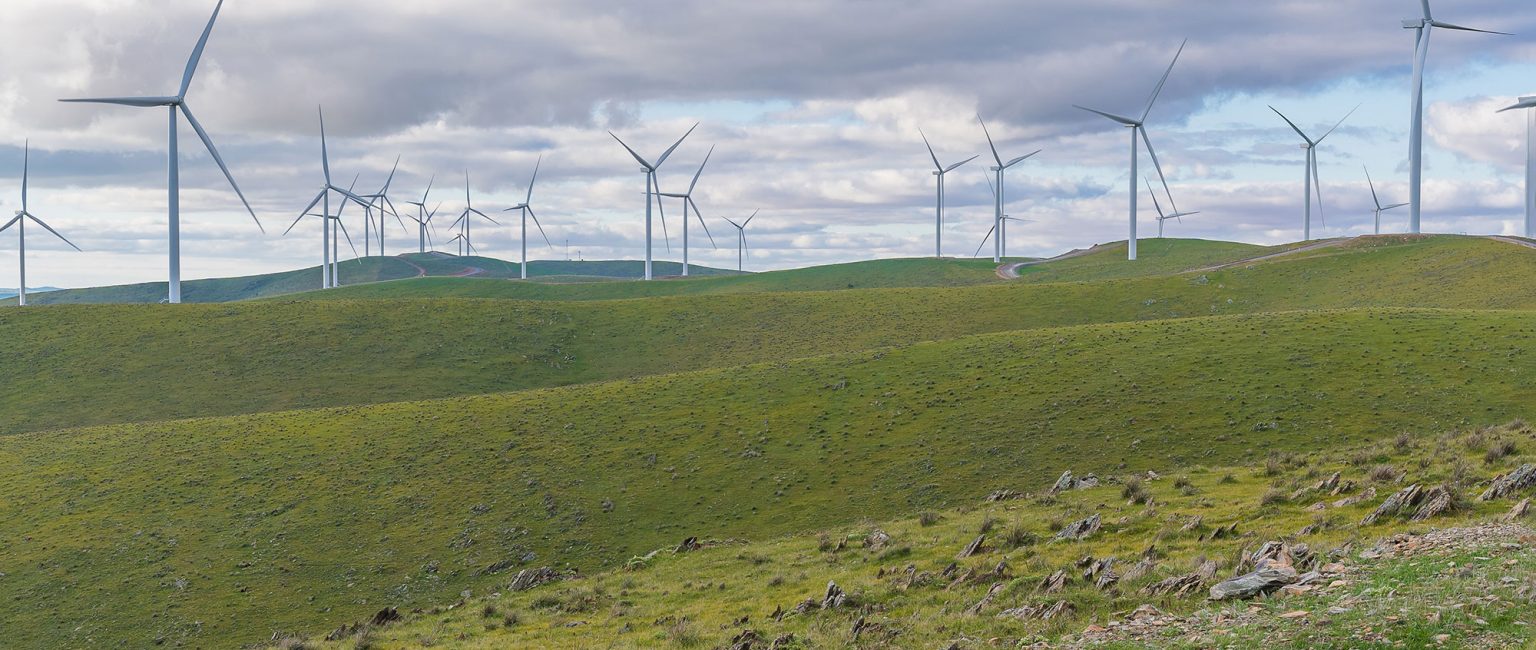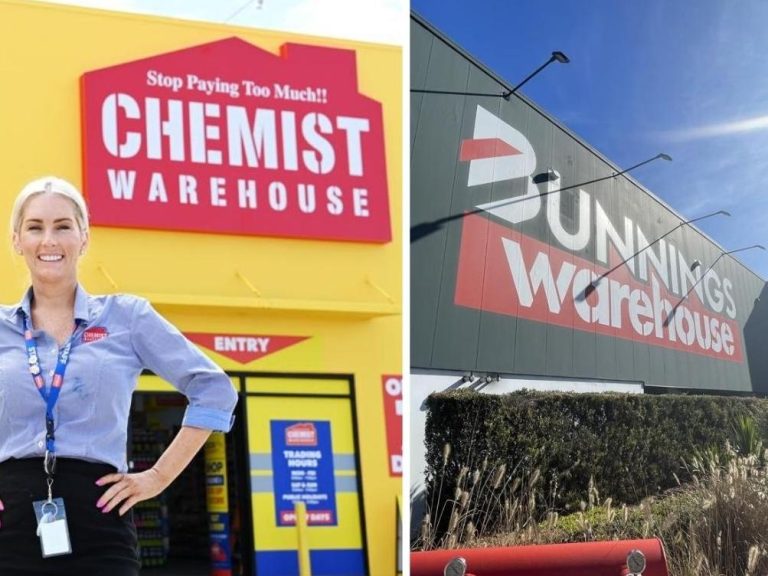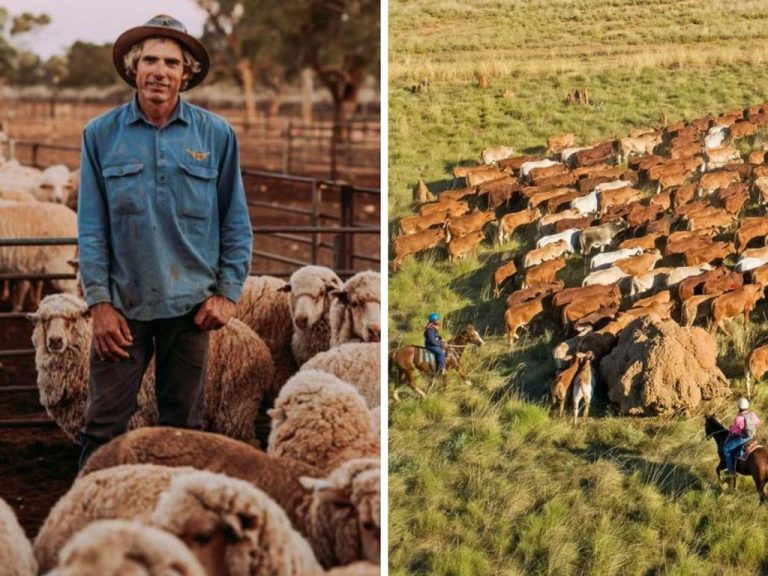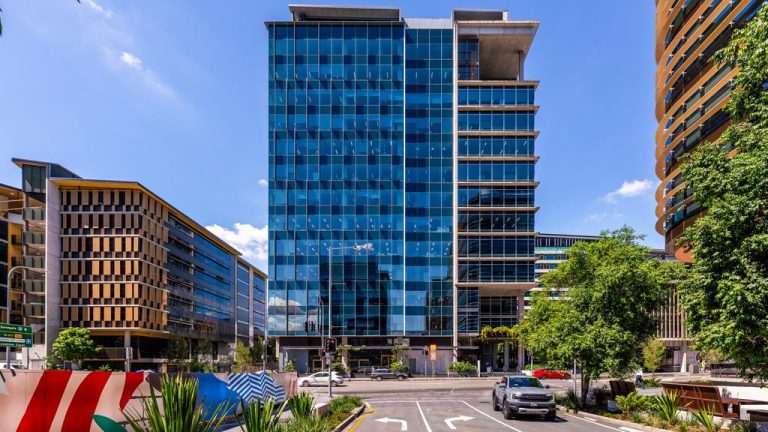Two property players to use renewables on a larger scale

Two of the biggest players in commercial property have embarked on new initiatives to power their assets with renewable sources of electricity, as the nation transitions to a carbon neutral world.
Charter Hall has teamed up with global renewable energy giant ENGIE Australia & New Zealand and signed a Power Purchase Agreement (PPA) to supply 100% electricity from renewable sources, to be used across the group’s property portfolios over a seven-year period.
Scentre Group – which manages Westfield shopping centres – has formed a partnership with the Queensland Government-owned renewable low emission and hydro company, CleanCo, to source the electricity its Westfield Living Centres use from 100% renewable sources across its Queensland portfolio by 2025.

Westfield’s Living Centres in Queensland will be powered by renewable sources from 2025. Picture: Getty
Scentre Group chief financial officer Elliott Rusanow, who takes over as chief executive officer in October, said the agreement was consistent with the company’s transition plan to achieve net zero emissions by 2030.
“We consider responsible, sustainable business a key part of our strategy and ambition to grow,” Mr Rusanow said.
“We have a strong track record on sustainability, having already reduced our emissions by 30% since Scentre Group was established in 2014. This agreement will help us deliver our interim emission reduction target of 50% by 2025.”
Charter Hall’s PPA will see the procurement of 151GWh of renewable energy per annum from state-based wind and solar renewable energy projects to more than 150 of its sites from ENGIE’s Willogoleche Wind Farm, Lightsource bp’s Woolooga Solar Farm, and other assets that have yet to be revealed.

Charter Hall said it would take seven years to switch all of the assets in their portfolio to using only renewable power. Picture: Charter Hall
Annually, this will be the equivalent of powering about 26,000 average homes with renewable electricity.
“At Charter Hall, we are leveraging our platform-wide scale and ENGIE’s world-leading renewable power capacity to unlock value and secure competitively priced, renewable electricity,” Charter Hall managing director and chief executive officer David Harrison said.
“Not only will this PPA reduce Charter Hall’s carbon emissions by 70% when the partnership becomes active in 2024, it will also ensure we remain on-track to reach net zero carbon in operation (Scope 1 and 2), by or before 2030.”
“Further, our investment in procurement of renewable electricity will assist Australia’s transition to a low carbon economy and accelerate the industry’s growth and potential to secure new and improved renewable technologies, to benefit generations to come.”
The commercial property sector’s headway to zero emissions
The commercial sector is leading the way towards a net zero future, particularly with new developments where green star and high NABERS ratings were considered essential, Lendlease sustainability head Ann Austin said.
“In addition to adopting renewable electricity, many developers and asset owners are now seriously leaning into removing gas infrastructure from their buildings and reducing embodied carbon emissions,” Ms Austin said.
“We’re currently mapping a 20-year plan to remove gas infrastructure from all our assets.”
One of the biggest challenges for existing assets will be the replacement of gas infrastructure with fully electric services, so buildings could take advantage of a greening grid and purchase renewable electricity, she said.
“Despite fully electric solutions being available in the marketplace now, swapping gas for electric will be a slow and steady capex replacement exercise, likely to last decades under current policy frameworks.
“A price on carbon or other policy incentives may hasten this,” she said adding that the switch to renewable electricity is “well and truly underway”.
Lendlease said its office fund, APPF Commercial, is entirely powered by renewable electricity, while all the tenants in their asset International Towers at Barangaroo use renewable electricity.
Within a decade, Ms Austin anticipated this would be the norm.
More work needed to reach 2030 target
Trivess Moore from RMIT University’s School of Property, Construction and Project Management said Australia’s building industry was not on track to achieve low carbon requirements by 2030.
“Ideally, we should have a 10-year pathway in place for new construction, perhaps 15 years for existing buildings – new buildings [should be] 10 years, if not sooner,” Mr Moore noted.
“Existing buildings are a little bit challenging in terms of renovating. There are probably some mechanisms that could be used when a building, or when a level of a building comes up for rent or sale, to make sure it’s at a minimum performance requirement, and those requirements continue to lift.”
Mr Moore said he believed it would take regulation and key stakeholders leading the way – which was already happening – to show other industry members that a zero-carbon future was achievable.







